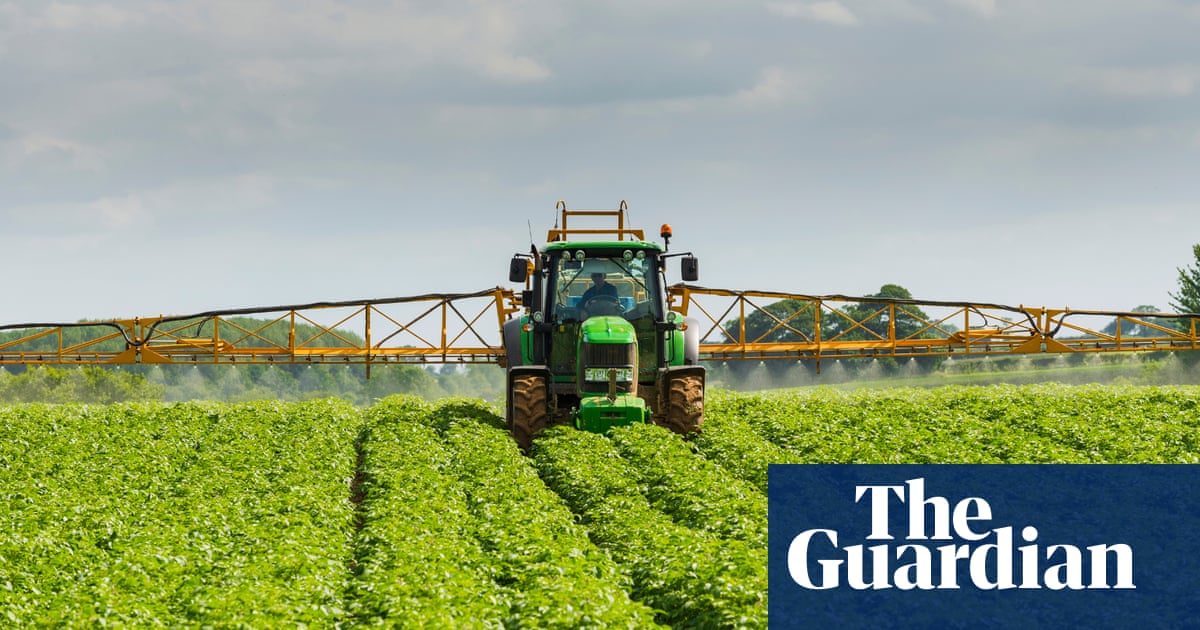- cross-posted to:
- goodnews@kbin.social
- cross-posted to:
- goodnews@kbin.social
The insect glue, produced from edible oils, was inspired by plants such as sundews that use the strategy to capture their prey. A key advantage of physical pesticides over toxic pesticides is that pests are highly unlikely to evolve resistance, as this would require them to develop much larger and stronger bodies, while bigger beneficial insects, like bees, are not trapped by the drops.
The drops were tested on the western flower thrip, which are known to attack more than 500 species of vegetable, fruit and ornamental crops. More than 60% of the thrips were captured within the two days of the test, and the drops remained sticky for weeks.
Work on the sticky pesticide is continuing, but Dr Thomas Kodger at Wageningen University & Research, in the Netherlands, who is part of the self defence project doing the work, said: “We hope it will have not nearly as disastrous side-effects on the local environment or on accidental poisonings of humans. And the alternatives are much worse, which are potential starvation due to crop loss or the overuse of chemical pesticides, which are a known hazard.”



Looking at the marketing of big ag and big food, it’s not surprising. The first lie of industrialized agriculture was that it was necessary to feed the world and “free people from slavery to the land”. It’s absolutely true that technology has massively improved agriculture and a great deal of that technology is hugely beneficial… but it also created an industry that, in essence, produces too much. It is driven to lower costs, and thus margins for producers while increasing profits for large corporations. The longer the food chain the more hands needing profit, thus spreading out value and increasing the need to add value through processed food, clever packaging and increased consumption.
By decentralizing agriculture we can shorten the chain - reducing excess production, leaving more value for the producers, reducing the impact of monocultures by spreading them out and reducing their size and ultimately bringing better and more equitable distribution of nutrition to consumers.
I wish there were fewer hurdles to that as well. Where I live, we only recently lifted a ban on collecting rainwater, though we’re still severely limited. That the water is “spoken for” by downstream desert alfalfa farms makes it even harder to swallow.
Decentralizing agriculture to local gardens is part of how we solve this mess. Actively promoting replacement of ornamental monoculture lawns with native, low-water, pollinator-friendly plants would also be a positive step. Golf courses, big ag, corporate and individual property owners… there’s a long list of entities that need to reevaluate their relationship with and responsibility to the land they ostensibly maintain.